Advertisement
Natural language processing, or NLP, is a remarkable discipline that allows computers to grasp human language. NLP is the fundamental ability to learn whether your goals are to create chatbots, analyze books, or enhance voice assistants. NLP combines computer science, linguistics, and mathematics. Hence, many newcomers are unclear about where to start. Don’t worry—learning NLP can follow a simple and clear path.
This article answers common questions about starting your NLP path. Simple tasks will teach you what skills you need, which tools to use, and how to practice. You will have a clear road forward and feel ready to explore this fascinating technology. Let's start on confidently and curiously learning NLP.

These are the main questions and answers you need to begin your path into natural language processing easily.
Natural language processing, or NLP, instructs computers in understanding human language. Combining computer science, linguistics, and artificial intelligence lets machines read, understand, and react to text or voice. NLP drives many everyday technologies, including machine translators, email spam filters, and Siri. Among the tasks it addresses are sentiment analysis, text classification, and document information extraction.
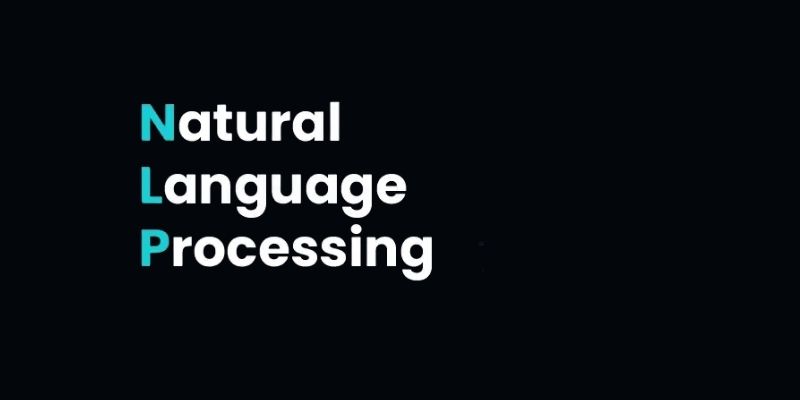
Learning NLP benefits much from some programming experience, especially knowledge of Python. Developers widely use Python because it offers many helpful tools for NLP tasks. Knowledge of fundamental ideas like variables, loops, and functions will simplify things, but you are not a professional developer. If you know nothing about coding, begin with free, basic Python tutorials found online. Once at ease with Python foundations, you can investigate NLP tasks, including simple classification or tokenizing text.
Starting NLP does not require advanced math, but understanding fundamental math ideas would be helpful. Dealing with models and data calls for subjects including linear algebra, probability, and statistics. Words and sentences are represented, for instance, by vectors and matrices. Probability clarifies the models' predictions. Though challenging, these ideas are doable with some practice and clear explanations. Many beginning courses cover math as required.
Python provides several helpful tools and packages for natural language processing. Popular for novices, the Natural Language Toolkit (NLTK) helps with tasks including tokenizing and tagging words. Good for named entity recognition, SpaCy is another library noted for speed and simplicity of usage. Scikit-learn enables text data application of machine learning techniques. The Hugging Face Transformers library presents strong pre-trained models for advanced work, including BERT and GPT.
You can learn NLP from many excellent sites, both free and paid. DeepLearning's NLP speciality is on Coursera. Fast.ai offers one of the best free, hands-on artificial intelligence and NLP courses. The NLTK book is a great online resource for understanding the basics. Tutorials, and datasets available on Kaggle let one practice actual projects. YouTube channels like StatQuest concisely present ideas. Additionally keeping motivated and finding solutions is by reading blogs and participating in internet communities or forums.
Starting little projects helps you develop NLP confidence. Like sorting spam emails from regular ones, text classification is a great beginner project. Another easy assignment for beginners is sentiment analysis, in which case you find whether a review is favorable or negative. Making a word cloud from a book helps one to see often occurring words visually. Rules and keywords let you create a basic chatbot. Later on, a great idea to tackle is automatically summarizing articles.
Before learning NLP, you need not be a master in machine learning. Still, a basic understanding of machine learning ideas is helpful since many NLP jobs involve ML models. One will benefit from knowing words, including training data, testing, accuracy, and models. Many NLP courses start the learning process with machine learning. You will pick up fundamental ML concepts while studying NLP foundations. Rather than striving to master everything at once, concentrate on learning incrementally.
You will commonly come across various common NLP tasks. The tokenizing text breaks it into words or phrases. Stemming simplifies words to their root forms—"run" from "running." Though more precisely linguistically, lemmas are comparable. Stop word elimination strips off common words like "the" or "and." Part-of-speech tagging labels each word as a noun, verb, or adjective. Named entity recognition identifies in-text names, dates, or locations. Sentiment analysis finds in texts emotions or viewpoints.
Your background and study time will determine how long it takes to pick up NLP. You can pick up NLP foundations if you know Python and basic arithmetic in a few weeks. Consistent five to ten-hour work within two or three months can result in noticeable improvement. Though they take longer, advanced subjects such as deep learning models are not necessary at first. Learning NLP is an adventure. Start with the foundations, work consistently, and progressively tackle increasingly difficult subjects.
NLP abilities enable several employment routes in data science and technology. Working as an NLP engineer, you create language tools and models. Data scientists and machine learning engineers examine text data using NLP. Artificial intelligence researchers investigate new NLP techniques and model improvement. Other roles include language analysts or chatbot builders. NLP positions abound in customer service, finance, education, and healthcare. Companies value those who grasp machine learning and language.
Learning natural language processing can first appear difficult. Anyone can, however, develop strong talents gradually with the correct strategy. Emphasize understanding fundamental math, programming, and core NLP ideas. Get confidence by using practical tools and working on little projects. Recall, the finest road map on this road is constant effort and inquiry. NLP presents numerous interesting prospects regardless of your desire for a new job or to investigate technology. Never stop studying; remain patient, and appreciate how computers grasp human language. Your path into NLP is just starting, and there are countless opportunities.
Advertisement

A top Korean telecom investment in Anthropic AI marks a major move toward ethical, global, and innovative AI development

Argilla 2.4 transforms how datasets are built for fine-tuning and evaluation by offering a no-code interface fully integrated with the Hugging Face Hub

Selecting the appropriate use case will help unlock AI potential. With smart generative AI tools, you can save money and time
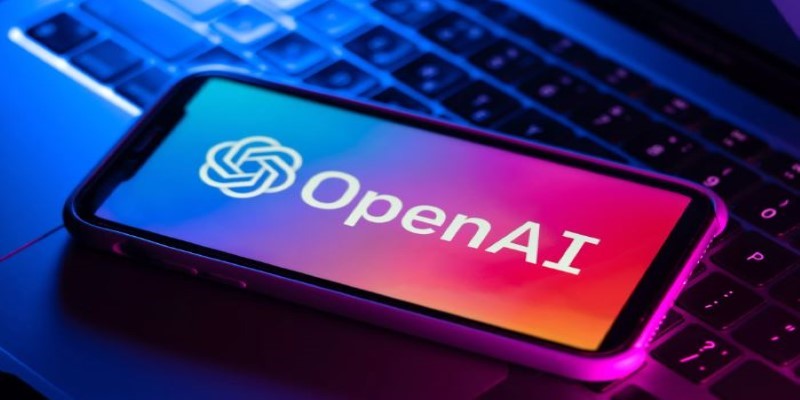
Explore the journey from GPT-1 to GPT-4. Learn how OpenAI’s lan-guage models evolved, what sets each version apart, and how these changes shaped today’s AI tools
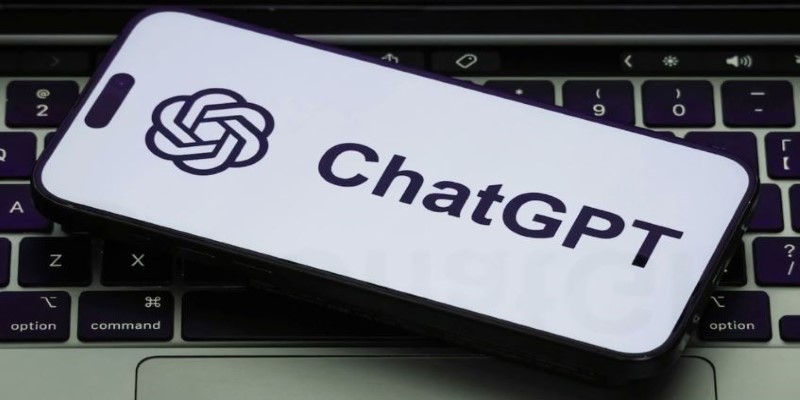
How to enable ChatGPT's new beta web browsing and plugins features using the ChatGPT beta settings. This guide walks you through each step to unlock real-time web search and plugin tools

Oracle adds generative AI to Fusion CX, enhancing customer experience with smarter and personalized business interactions

Can ChatGPT be used by cybercriminals to hack your bank or PC? This article explores the real risks of AI misuse, phishing, and social engineering using ChatGPT
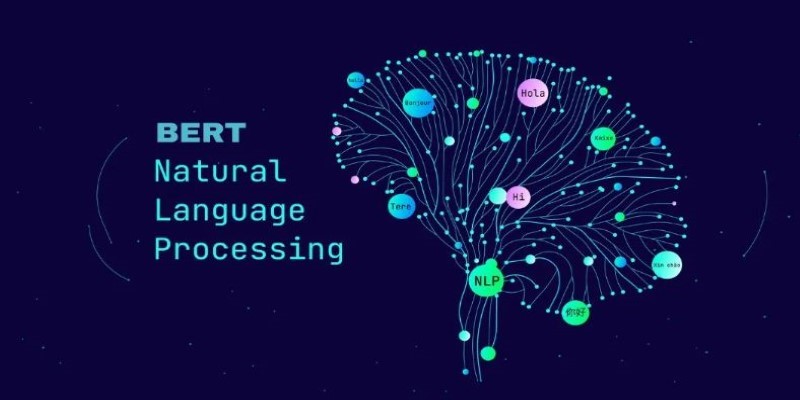
How the BERT natural language processing model works, what makes it unique, and how it compares with the GPT model in handling human language
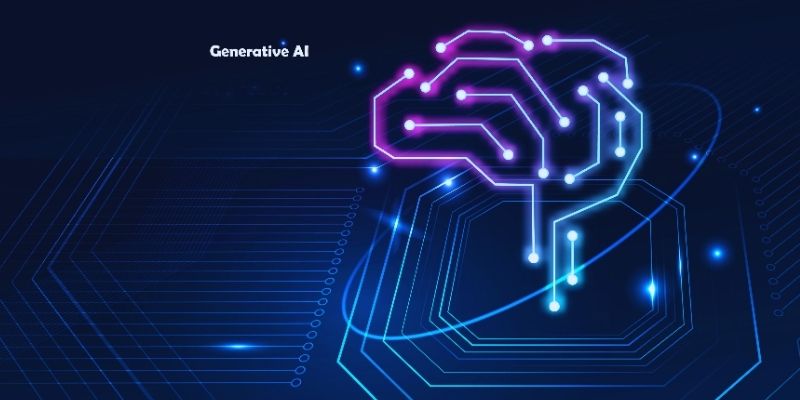
Discover four simple ways generative AI boosts analyst productivity by automating tasks, insights, reporting, and forecasting
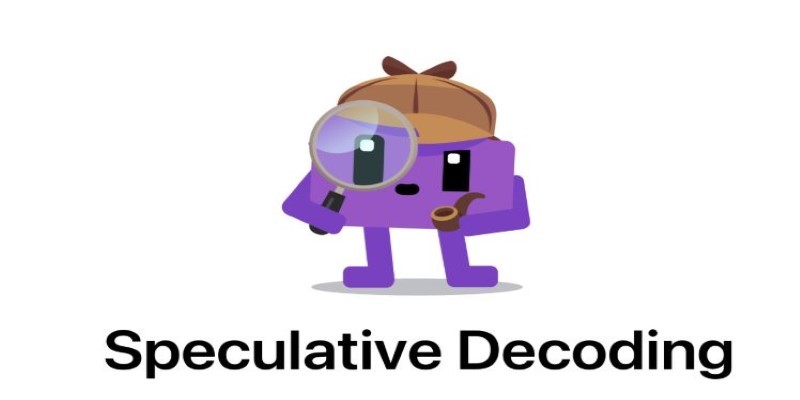
How self-speculative decoding improves faster text generation by reducing latency and computational cost in language models without sacrificing accuracy
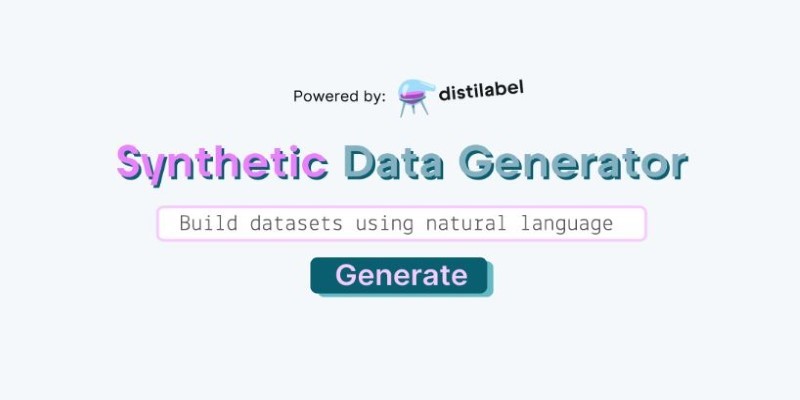
How a synthetic data generator can help you build training datasets using natural language. Speed up your AI development without writing code or using sensitive real-world data

How inference providers on the Hub make AI deployment easier, faster, and more scalable. Discover services built to simplify model inference and boost performance